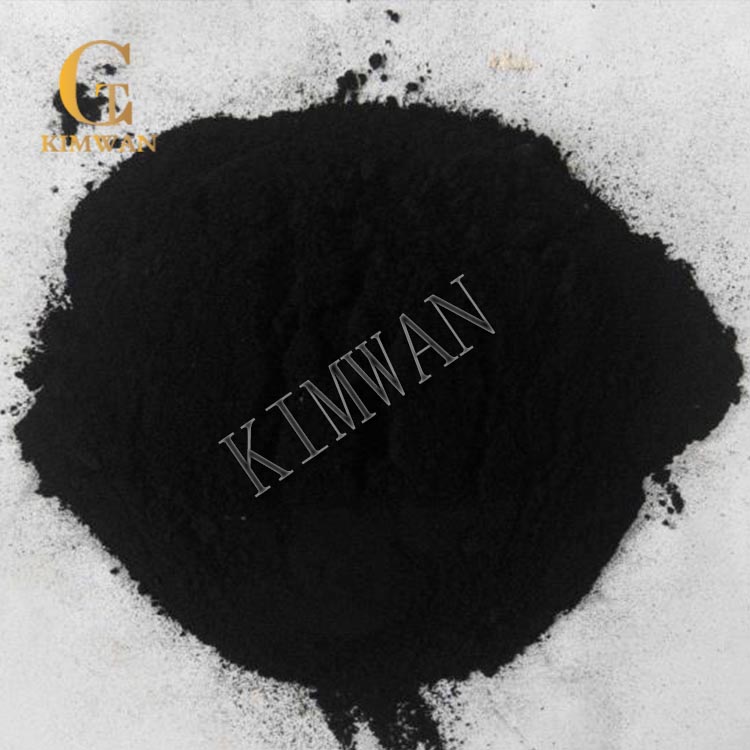Characteristics of high-purity graphite powder in battery applications
High-purity graphite powder has become an important conductive material and structural material in contemporary industry. High-purity graphite powder has a wide range of uses. It has outstanding application characteristics in the fields of machinery, electronics, chemical industry, metallurgy, and aerospace.
High-purity graphite powder has an obvious property, that is, high temperature resistance. In high-temperature environments, high-purity graphite powder can maintain good dimensional stability, and it can also guarantee the accuracy of the workpiece. These good and unique characteristics make it well applied in the high-tech field.
High-purity graphite powder can be used to make electrodes, electrolytic anodes, casting molds and high-temperature bearings, etc., including graphite materials in nuclear reactors can be used for artificial satellite antennas, space shuttle shells, rocket engine nozzles and other components are also made of high-purity graphite powder of. However, in the manufacturing process of high-purity graphite powder, organic substances are decomposed and condensed, which makes the high-purity graphite powder porous, most of which are through holes. In addition, during the oxidation process of high-purity graphite powder, a certain amount of tiny ash is left in the voids of high-purity graphite powder.
High-purity graphite powder for batteries is chemically stable, not affected by strong acids and alkalis, has less harmful impurities, low iron and sulfur content, and has high temperature resistance, heat transfer, conductivity, lubrication and plasticity. The high-purity graphite powder for batteries produced by Qingdao Huatai Graphite has a purity of over 99.9%, strong conductivity and long service life. Among similar products, the same conductive effect can be achieved by using less high-purity graphite powder, which can be used for battery production. Enterprises have brought huge economic benefits.
Therefore, in recent years, domestic and foreign scholars have conducted a large number of studies on the oxidation resistance of graphite materials, and successfully developed new technologies to reduce the oxidation consumption of high-purity graphite powder.

